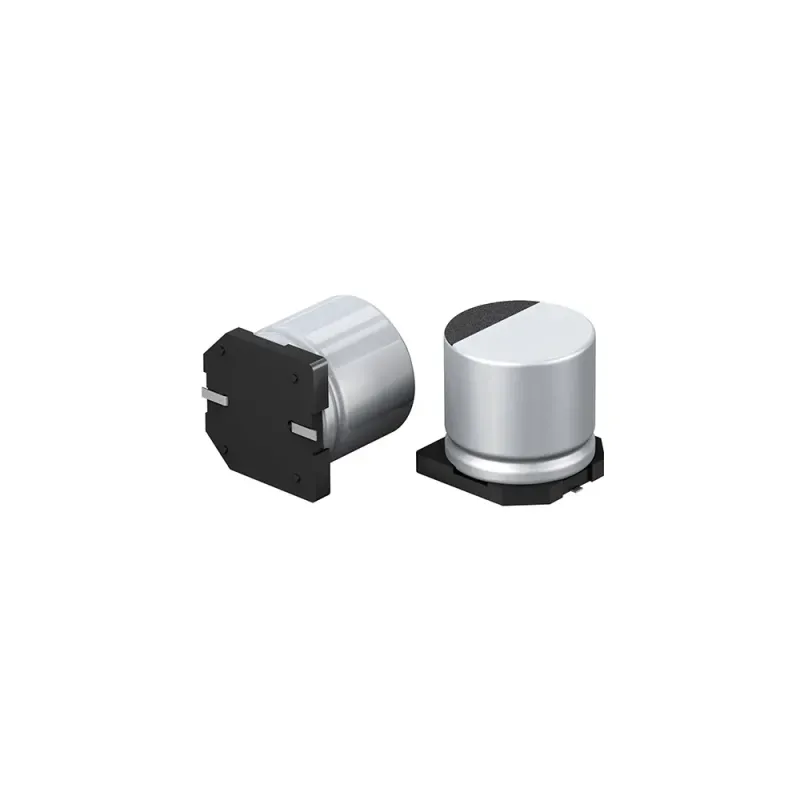
220uf 16V 6.3*7.7 SMD Electrolytic Capacitor
2.44RON
- Stock: In Stock
- Model: A1302.SMD220UF16V
Your orders placed until 16:30 on weekdays are shipped on the same day.
220uf 16V 6.3*7.7 SMD Electrolytic Capacitor
SMD-type aluminum electrolytic capacitors are passive components designed for surface mount technology (SMT), offering high capacitance in a compact package. These capacitors are directly solderable onto PCBs (printed circuit boards), making them ideal for space-constrained and high-performance electronic circuits.


Key Features:
1. Structure & Operating Principle:
- Aluminum Electrolytic Design: Polarized component with anode (+) and cathode (-) terminals.
- SMD-Compatible: Flat base design allows easy automated soldering with pick-and-place machines.
2. Advantages:
- High Capacitance: Wide capacitance range (1µF to 1000µF and above).
- Compact Size: More space-efficient compared to traditional radial/through-hole capacitors.
- Wide Voltage Range: Available in various voltage ratings (6.3V to 100V).
- High Ripple Current Handling: Suitable for pulsed current applications.
3. Technical Parameters:
- Operating Temperature: -40°C to +105°C (varies by series).
- Capacitance Tolerance: Typically ±20%.
- Lifespan: 2,000 to 5,000 hours (depends on operating temperature and voltage).
- ESR (Equivalent Series Resistance): Low to moderate, with optimized series for high-frequency applications.
4. Applications:
- Power Electronics: DC-DC converters, voltage regulators, SMPS (switched-mode power supplies).
- Consumer Electronics: LED drivers, TV and computer motherboards.
- Industrial & Automotive: Motor control units, industrial automation systems.
5. Packaging & Standards:
- Sizes: Standard SMD footprints such as 5x5mm, 6.3x7.7mm, 8x10mm (varies by manufacturer).
- RoHS/REACH Compliant: Environmentally friendly materials, lead-free soldering compatible.
Key Considerations:
- Polarity: Reverse polarity connection may cause explosion or leakage. PCB markings ("+" or cathode indicator) must be observed.
- Thermal Management: High temperatures reduce lifespan; proper ventilation and PCB thermal design are critical.
- Mechanical Stress: Excessive heat or physical pressure during soldering may damage the component.









